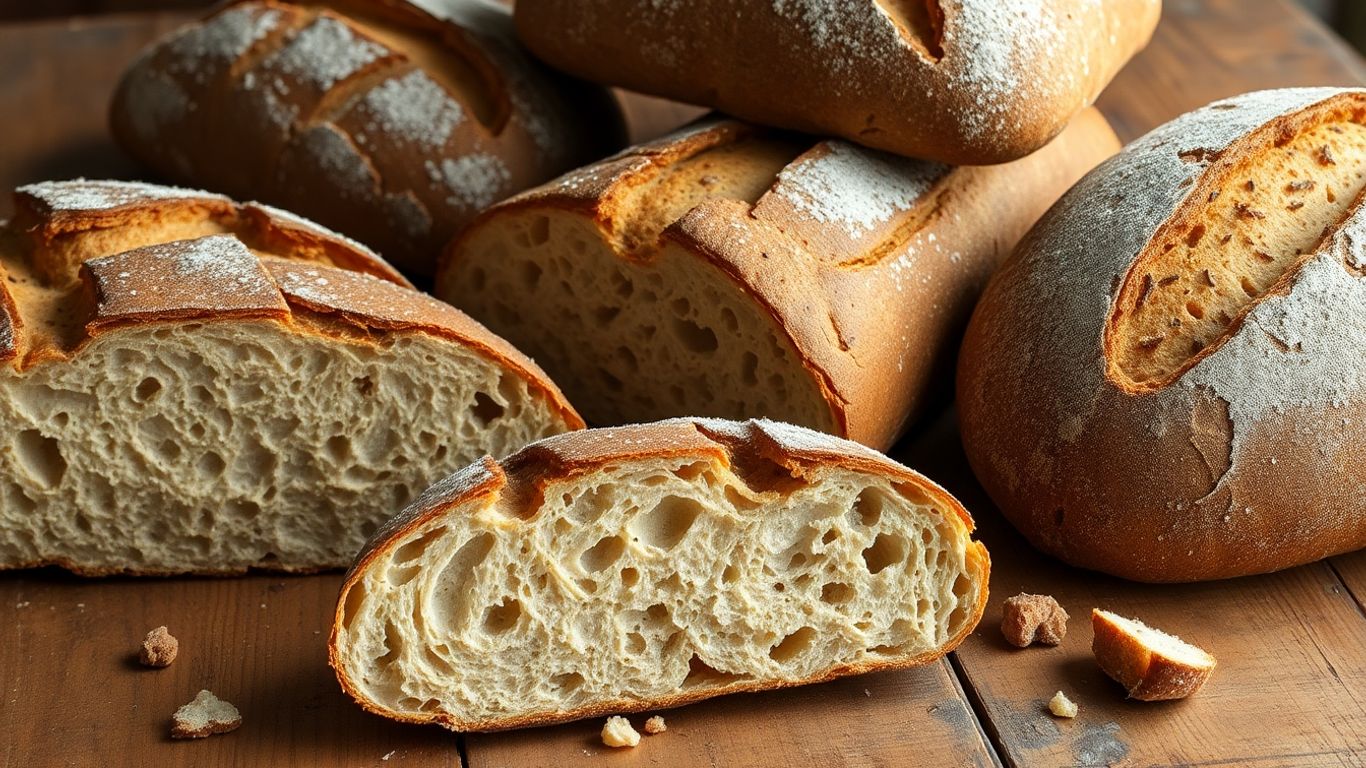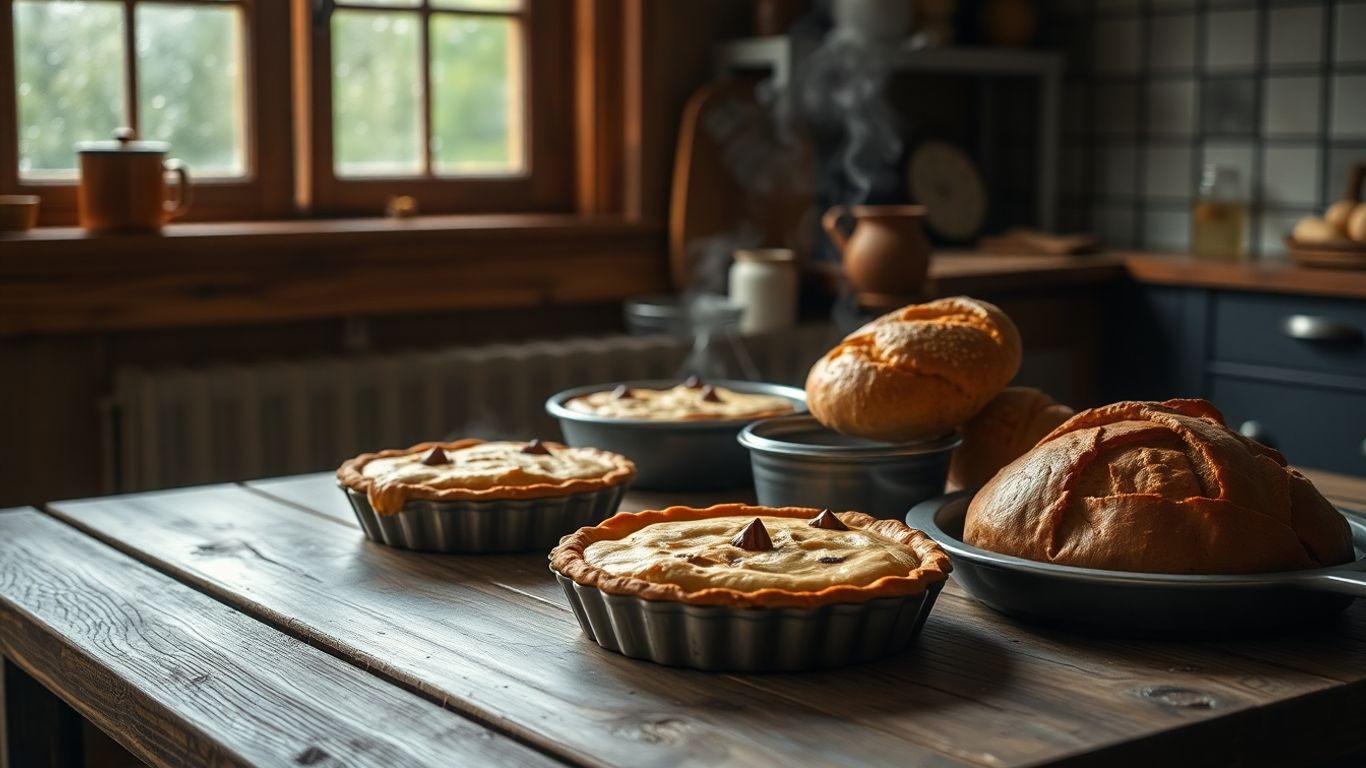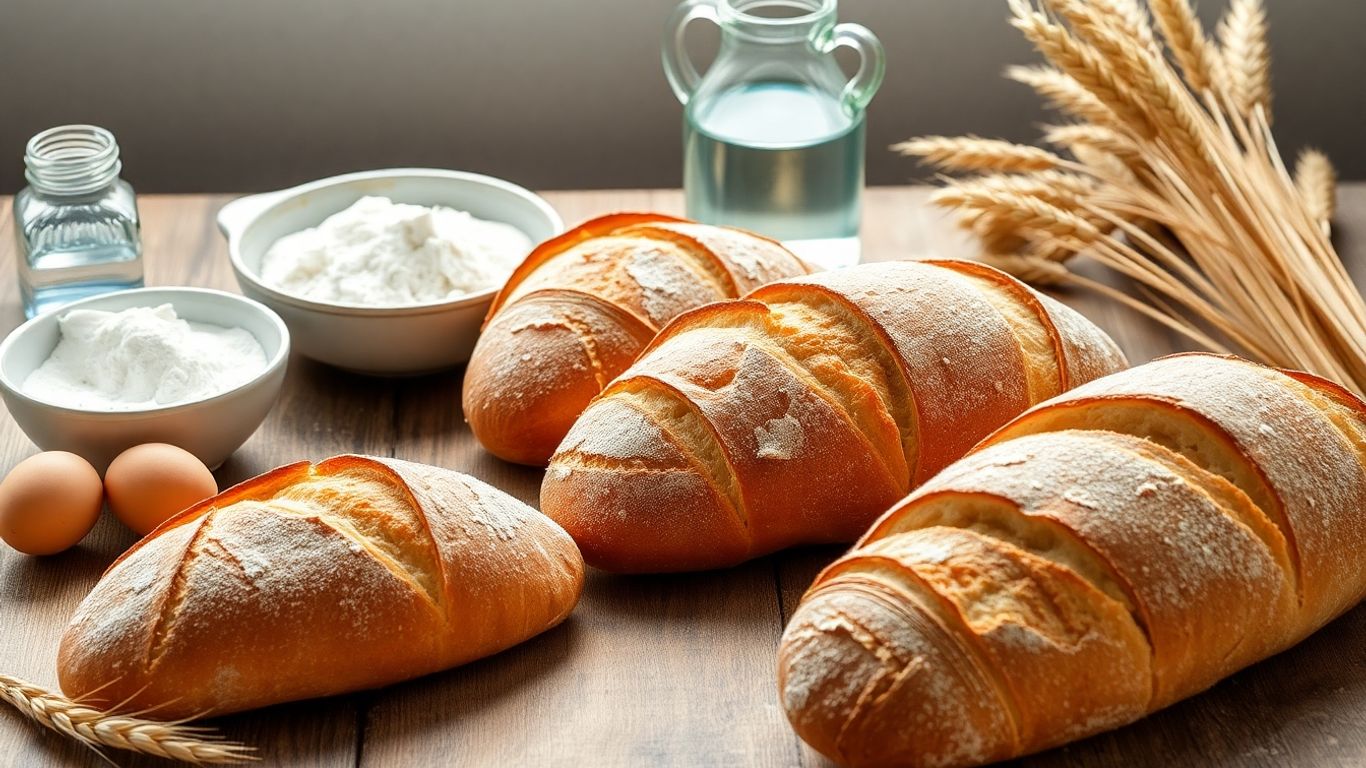Ever wondered why some croissants are just so much flakier than others? I did too, especially after biting into one at a bakery in Totnes. There’s something about the way they do croissant lamination here that makes each bite a bit of a treat. It’s not just about the butter and dough – there’s a whole process, and a few local tricks, that make a difference. Let’s have a look at what goes into making these ultra-flaky croissants in Totnes.
Key Takeaways
- Getting croissant lamination right in Totnes is all about keeping things cool and not rushing the process.
- Local bakers have their own tips, like using Devon butter and watching the weather, that help make their croissants extra flaky.
- If you want to taste the real thing, Totnes has a few bakeries that are famous for their croissants and unique flavours.
Mastering Croissant Lamination in Totnes
If you’ve ever tried making croissants in Totnes, you’ll know that laminating dough isn’t just about following a recipe—it’s a bit of an adventure, every time. From hunting down the right butter to getting the temperature right (without a pro bakery setup), it’s a challenge.
Essential Tools and Ingredients for Flaky Layers
Making those iconic, ultra-flaky layers starts with a few basics, but you’ll notice straight away: the details matter. Here’s my go-to list so you’re ready before you even start mixing.
- Rolling pin, preferably heavy, to keep the dough even
- Good unsalted butter—go for something high-fat, as it won’t leak as much during baking
- Strong bread flour, for those stretchy, workable layers
- A reliable kitchen thermometer
- Baking sheets you trust (croissants love consistent heat!)
I’ve roughed out a quick table to compare the things that trip me up, ingredient-wise:
| Ingredient | Why It Matters | My Personal Preference |
|---|---|---|
| Butter | Higher fat, less water | French-style, 82% fat |
| Flour | Needs good gluten content | Bread flour, never plain |
| Yeast | Gives that signature rise | Fast-action dried yeast |
Take your time with each step—rushing lamination almost always means flat, sad pastries.
Common Mistakes and How to Avoid Them
Let’s just say it: Making croissants in a regular Totnes kitchen is rarely picture-perfect. But most blunders are fixable when you spot them early. Here are classic hiccups I see (and have made):
- Butter oozing out: This usually means the dough or butter got too warm. Chill between folds, even if you’re in a hurry.
- Dough tearing: If the dough’s fighting back, let it rest a bit longer. Stretchy is good; tearing, not so much.
- Under-baking: It’s easy to chicken out and pull croissants early. They need proper time to go golden all the way—keep an eye, but don’t rush.
Mastering lamination is more about practice than perfection. If you mess it up, just try again. Worst case, you’ve still got homemade pastry to nibble, and next time will be smoother.
Local Secrets to Achieving Ultra-Flaky Texture

Climate and Its Effects on Lamination
Let’s get honest—Totnes has a bit of a reputation for being, well, moist. That damp Devon air isn’t just a conversation starter; it actually plays a role when you’re making croissants. The higher humidity means you’ve got to be on your toes with your dough. Too much moisture in the air can stop your pastry from crisping up and can even turn your layers a bit stodgy before you’ve even realised.
- Always chill your dough longer than you would in a dry climate.
- Use just enough flour when rolling, but don’t overdo it or you lose that tender bite.
- Work quickly—humidity, especially in summer, will soften your butter super fast.
Working croissant dough in Totnes means watching the weather as much as the oven. When the air is just right, the layers almost puff up on their own—magic!
Tips from Top Totnes Bakers
After chatting with a few local bakers (and eating far too many croissants—occupational hazard), a few things kept coming up.
Fresh, local butter is the secret weapon here. The slightly higher fat content compared to generic supermarket stuff makes all the difference. Then there’s the flour—many swear by local, unbleached varieties for a bit more depth.
Here are a couple of tried-and-tested tips from the folks at The Daily Knead:
- Keep your workspace cool—think stone worktops and cold hands.
- Laminate in short bursts, letting the dough rest in between to avoid overworking it.
- Don’t skimp on the rolling pin—a heavy, wooden one gives you even pressure for perfect layers.
And to wrap it up, don’t forget: patience really does pay off. Give your dough time, and those ultra-flaky layers will become your signature in no time.
Showcasing Totnes Bakeries Leading the Croissant Scene

Totnes isn’t just about pretty cobblestone streets and vintage shops—it’s quickly becoming known for its next-level croissant game. If you love those crispy, buttery layers and that slightly chewy centre, you’ll want to check out some of the local bakeries doing things a little differently. Trust me, you won’t look at supermarket pastries the same again.
Signature Flavours Inspired by Devon
Pulling in flavours from right here in Devon, there’s a whole load of unique croissants waiting for you. Here are a few standout types you’ll spot around Totnes:
- Wild blackberry and clotted cream croissants in late summer
- Apples and cinnamon twists using local fruit
- Mature cheddar and caramelised onion for a proper savoury bite
Bakeries love to switch things up every season, so there’s always something new on the menu.
Where to Experience Authentic Lamination
Wondering where you can actually find these masterpieces? Here’s a quick look at a few favourite spots:
| Bakery | Must-Try Croissant | Location |
|---|---|---|
| Rise & Shine | Ham and gruyère twist | High St |
| Butter Lane | Classic butter | Ticklemore St |
| Morning Market | Devon apple and almond | Fore St |
- Most bakeries in Totnes get started before sunrise—arrive early for the freshest batch.
- Don’t be shy—local bakers love talking about what makes their croissants special. Ask about how they get those ultra-thin layers or what butter they use.
- Some places sell out by mid-morning, so planning ahead is never a bad idea.
There’s something about biting into a fresh croissant in Totnes that just makes you feel like life’s a little bit slower, and a whole lot tastier.
Totnes is full of fantastic bakeries, but none stand out quite like us when it comes to croissants. Our bakers work hard to make sure every croissant is delicious, fresh, and flaky. If you want to taste the best croissants in town, come take a look at what we have to offer. Visit our website for more information and tasty updates!
Wrapping Up: Croissants in Totnes
So, that’s my adventure with croissants and lamination here in Totnes. Honestly, it was a bit of a mess at times—flour everywhere, butter slipping out, and a few odd-shaped pastries. But when I finally pulled those flaky croissants out of the oven, it felt worth it. If you fancy giving it a go, don’t worry if your first batch isn’t perfect. Just have fun with it, and maybe share a few with your mates. Who knows, you might even start a new weekend tradition. Happy baking!
Frequently Asked Questions
Why do my croissants turn out flat instead of flaky?
Flat croissants often happen if the butter melts into the dough too much or if you press too hard while rolling. Make sure your butter and dough are both cold, and don’t rush the resting times!
Does the weather in Totnes really change how croissants are made?
Yes, it does! Totnes can be a bit damp or warm, which can make the butter softer. Bakers here are careful to keep everything cool so the layers stay separate and flaky.
What’s the best way to enjoy a croissant from a Totnes bakery?
The best way is fresh out of the oven! Many bakeries in Totnes serve them warm. Pair your croissant with some Devon jam or a hot drink for a real local treat.







